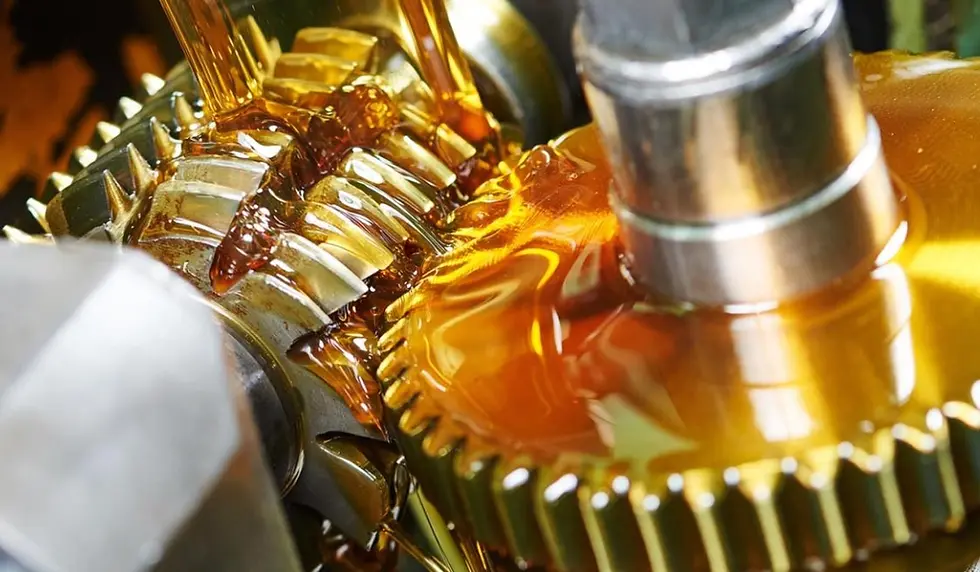How to Choose the Right Grease Lubricant for Your Machinery
- Rahul Bhatt
- Jul 19
- 3 min read
Updated: Aug 5

In an industrial setting, even the smallest oversight can lead to an immensely big loss. Among such ignored and overlooked essentials is the application of grease lubricant. This component is the silent healer for machine parts, keeping them protected and preventing breakdowns at bay.
There is a common myth to assume that any grease will do. But using the wrong lubricant can lead to increased part wear, overheating, and even complete machinery failure. Even if you are maintaining a high-speed rotatory bearing, or a heavy-duty gear assembly, choosing the right grease lubricant has a vital role in the longevity and efficiency of your equipment.
This blog deals with the main aspects that you should consider before selecting a grease, which can help you make an informed and reliable choice for your operations.
What Is The Composition Behind Grease Lubricant?
A grease lubricant is made up of three primary components:
Base oil (consisting of mineral or synthetic oils)
Thickener (like lithium, calcium, or polyurea)
Additives (for anti-wear, corrosion resistance, and more)
The thickener holds the oil in a semi-solid state, allowing it to stay in place and provide long-term lubrication, especially in areas where reapplication is not frequent or feasible.
Factors to Consider While Selecting a Grease Lubricant
Choosing a proper grease lubricant is not merely opting the one with the highest temperature resistance or the best-selling brand. You must consider a number of factors depending on your equipment type and working conditions.
Operating Temperature Range
Every grease lubricant is rated on grounds of a specific temperature range. If your machinery operates in extreme heat or cold temperatures, selecting a grease that maintains its properties throughout the temperature span is highly recommended.
High-temperature grease: For equipment like electric motors and furnaces
Low-temperature grease: For equipment used in snowy conditions like ski lifts and snowmobiles, refrigerated systems or conveyor belts.
Load-Carrying Capacity
Heavy equipment deployed in construction, mining, or industry requires grease that can provide superior load-carrying capacity.
Consider EP (Extreme Pressure) greases if your equipment has to support heavy weight and impact
Look for greases containing anti-wear (AW) additives for maintaining surface protection over the long term
Speed of Operation
The speed factor (DN or NDm value) determines the type of grease suitable for a bearing or rotating part. High-speed systems like electric motors require lighter and low-viscosity grease lubricants. On the other hand, low-speed, high-load systems work better with heavier, high-viscosity grease.
Environmental Conditions
Parts that are lubricated, if exposed to moisture, dirt, chemicals, or saltwater, can impact the performance of the grease.
Apply water-resistant grease in damp conditions
For dusty conditions, use tackier grease that will not be displaced easily
In food processing or pharma equipment, food-grade grease lubricants are needed
Compatibility with Seals and Materials
Not all greases are suitable for application in all components. Using a grease that reacts poorly with rubber seals or metallic surfaces can lead to leaks or corrosion.
Always check the material compatibility before switching the type of grease you are already using
Mixing incompatible greases can result in degradation or separation of components
Reading the Grease Label: What Should You Look For?
Understanding the product label is important. Some points to look out for are:
NLGI Grade: Indicates the consistency or thickness. NLGI 2 is standard for general-purpose use
Base Oil Type: Mineral or synthetic—synthetics offer better performance in extreme conditions
Additives: Look for anti-wear, anti-oxidant, rust inhibitors, or EP labels depending on your application
When Should You Change the Grease Lubricant?
The usual re-greasing time is when you notice:
Visible contamination (dirt, metal particles)
Discoloration or separation of base oil and thickener
Increased vibration or noise from bearings
Scheduled preventive maintenance timeline has arrived
Bottom Line
Behind every smooth-running machine is a technician or plant manager who took the time to understand its needs. As a continuation to that, choosing the right grease lubricant may seem like a small step, but it has a massive impact on productivity, energy efficiency, and repair costs.
Don’t just go by brand or popularity. Proceed by understanding which grease lubricant would suit the best for your machinery.



Comments